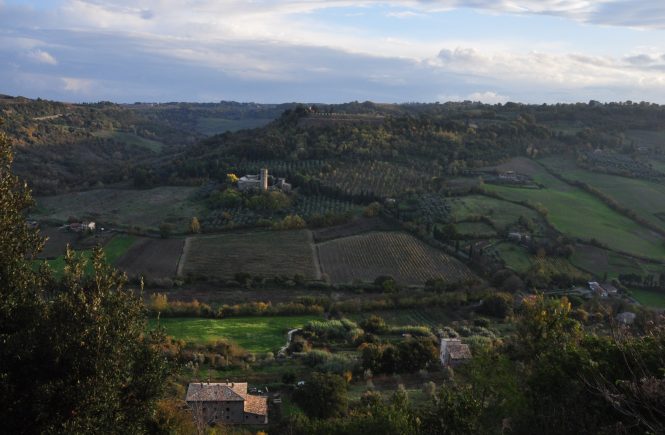Everyone’s still excited about the opening (and then re-opening) of the Colosseum’s hypogeum and third levels. Now, there’s more news. And it’s especially exciting for travelers hoping to get into the underground this summer.
First, Colosseum has confirmed that it’ll be running tours of those newly-opened areas through July, rather than ending in June, as previously announced.* And, although it’s not confirmed, rumor has it that the hypogeum and third levels will proooobably also be open through October.
*Addendum, April 5: After being closed due to floods, Colosseum officials just announced that the underground will reopen this Saturday, April 7.
*Addendum, Oct. 20: The Colosseum hypogeum and third tier will be open through December.
*Addendum, Sep. 25: The Colosseum underground will be open through the end of October.
Second, before, the Colosseum only was allowing access to the hypogeum and third level via its own tours, given by official Colosseum guides. (Even tour agencies selling the Colosseum underground hand their clients over to official Colosseum guides for the underground part of the tour). But that’s changed. Now, one agency, Walks of Italy, is using its own guides for the hypogeum and third level on the VIP Colosseum underground tour. And, although I’m obviously a bit biased (full disclosure: I used to work for these guys), I think this is an alternative to consider.
Why? Well, even though the official Colosseum guides know their stuff, they can also be a bit, erm, dry. (Your spiel would start to sound dull, too, if you’d been repeating it five times a day for the past 10 years). And not all of them speak that great of English.
So, from what I can see, there are now three main ways to get into the Colosseum’s underground.
Here they are:
Colosseum tour only, with a Colosseum guide. I outlined how to book this tour in an earlier post about booking the Colosseum’s underground. The cheapest way is to book by phone, at least if you have Skype’s Skype-to-phone set up or a great long-distance plan. Otherwise, you can book by using a website like Omniticket, but these sites charge a premium for the convenience. (And all they’re selling you is the official Colosseum tour that you’d get by calling Pierreci).
The facts: Costs €21.50 (if you book directly over the phone). Takes about 1 hour. Only covers the Colosseum and its underground. You use an official Colosseum guide (not always a good thing). Maximum group size is 25.
The complete ancient city tour, but where you’re handed over to a Colosseum guide. This option would be Dark Rome’s Colosseum underground, forum and Palatine tour. They’re one of the only agencies I can see that offers access to the underground as part of a bigger ancient city tour (i.e., not just the Colosseum), but they don’t do the Colosseum underground part with their own guides.
The facts: Costs €92. Takes 3.5 hours. Includes the Colosseum and its underground, along with forum and Palatine. For the Colosseum part of the tour, you’re handed over to an official Colosseum guide; for the rest of it, you use a Dark Rome guide. Maximum group size is 10; for the Colosseum part, it’s 25 (since you’re put onto the bigger group).
The complete ancient city tour, with your own guide throughout. So far, only offered by Walks of Italy on its VIP Colosseum Underground Tour with Roman Forum & Palatine Hill tour.
The facts: Costs €79. Takes 3 hours 15 minutes. Includes the Colosseum and its underground, along with the forum and Palatine. For the Colosseum part of the tour, you get to keep your own Walks of Italy guide. Maximum group size is 12, throughout the whole tour (since you get to keep your guide).
Options galore!
You might also like:
The New Areas of the Colosseum: What They’re Really Like
(Fun!) Books for Readin’ Up on Rome
Rome’s Best Archaeological Museum: Have You Been?






